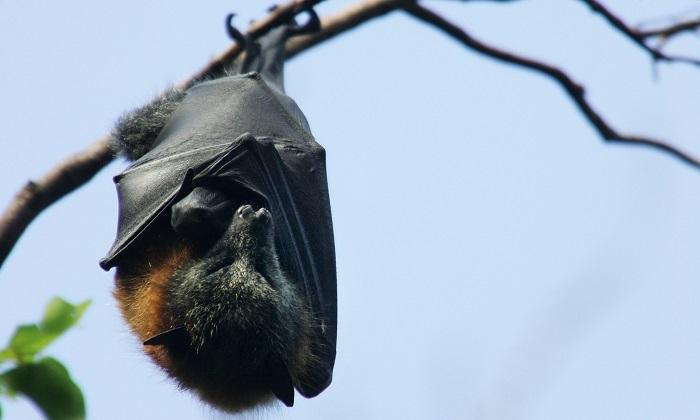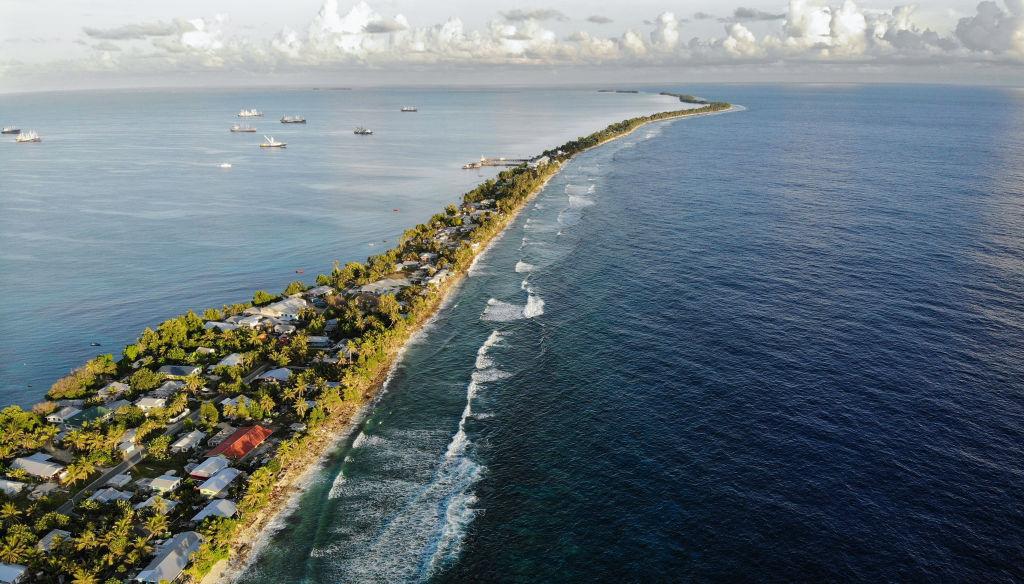The Inquiry Into Nuclear Power Generation in Australia has heard about the consequences of wind farms for bats and birds.
Adrian Paterson is a South African scientist and engineer who led the Pebble Bed Modular Reactor, and was CEO of the Australian Nuclear Science and Technology Organisation from 2009-20.





